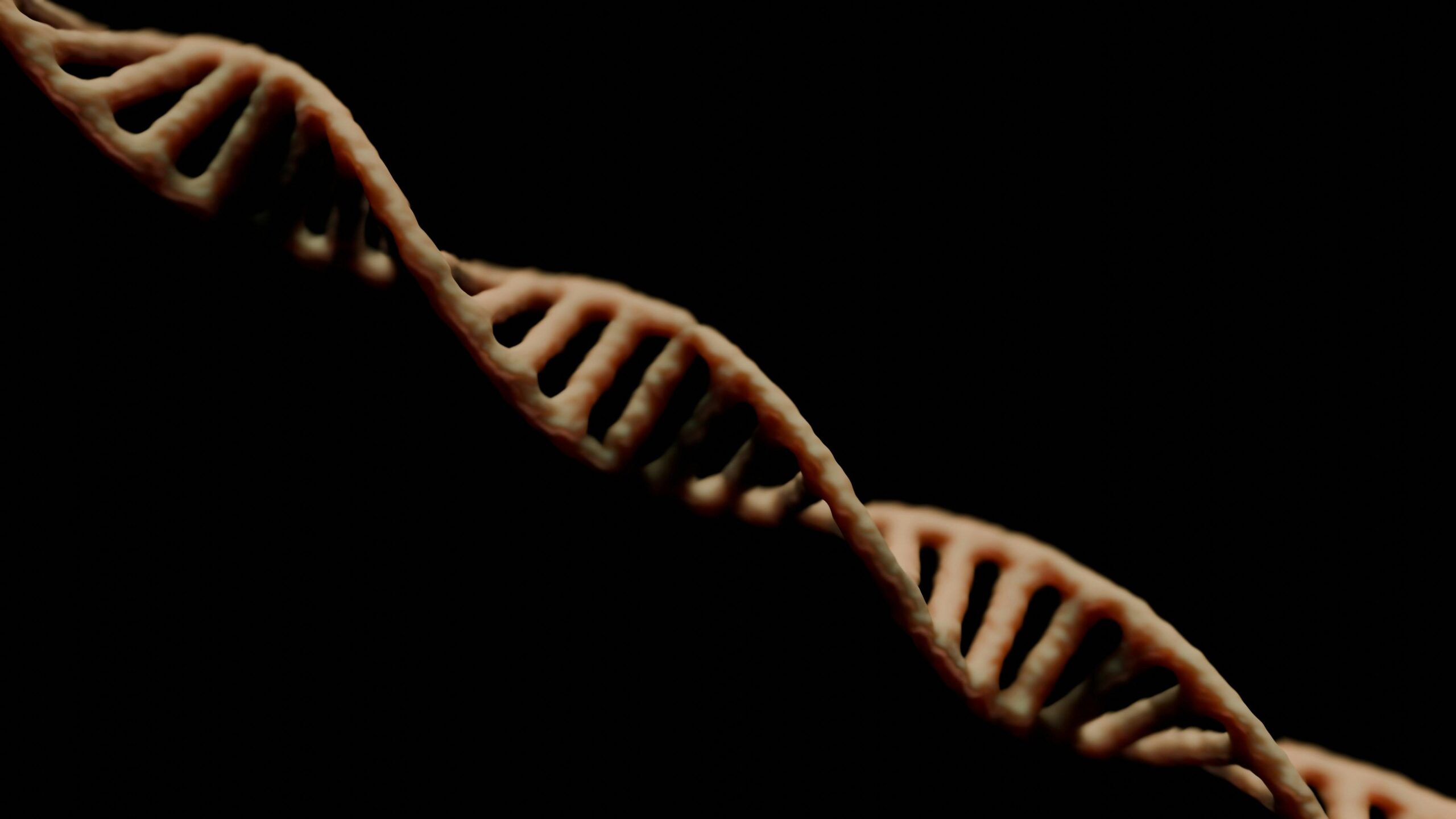Imagine a puzzle that’s remained unsolved for decades—clues scattered, leads dried up, and faces long forgotten. Now, picture a groundbreaking tool that’s turning the tide, breathing new life into these cold cases. Welcome to the fascinating world of genetic genealogy, where science and sleuthing collide to crack mysteries that once seemed impossible to solve. In this blog, we’ll dive into how this revolutionary approach is rewriting the rulebook on criminal investigations and giving hope to families waiting for answers. Ready to explore how DNA is becoming the ultimate detective? Let’s get started!
Table of Contents
- Unlocking the Power of DNA Databases to Revisit Unsolved Crimes
- Tracing Family Trees to Reveal Hidden Connections and Break Through Dead Ends
- The Ethical Puzzle Behind Privacy and Public Interest in Genetic Genealogy
- Tips for Law Enforcement on Collaborating with Genetic Genealogy Experts Successfully
- In Retrospect
Unlocking the Power of DNA Databases to Revisit Unsolved Crimes
In recent years, advances in genetic genealogy have transformed the landscape of criminal investigations. By leveraging public and private DNA databases, law enforcement can now draw connections between crime scene evidence and distant relatives of unknown suspects. These databases open a new door to cold cases once thought unsolvable, offering fresh leads and unexpected breakthroughs. What makes this approach particularly fascinating is how it blends science with traditional detective work, piecing together family trees from mere fragments of DNA to reveal hidden identities.
This innovative method relies on several key elements:
- Access to expansive genetic databases with millions of profiles
- Advanced algorithms that map genealogical relationships
- Collaboration between geneticists, genealogists, and law enforcement
- Ethical frameworks guiding privacy and data use
The convergence of these factors has led to significant breakthroughs, from identifying long-lost relatives to pinpointing suspects in decades-old homicides. As these tools evolve, the potential to rewrite the stories of countless unsolved crimes grows exponentially, shining light into the shadows of justice delayed.
Tracing Family Trees to Reveal Hidden Connections and Break Through Dead Ends
In the intricate web of DNA, countless stories lie waiting to be uncovered. Researchers and amateur genealogists alike dive deep into ancestry databases, piecing together fragments of family histories to illuminate connections long obscured by time. This detective work is more than just a hobby—it’s a powerful tool to break through genealogical dead ends, exposing links between unknown relatives, filling gaps left by missing records, and even identifying previously unconnected branches of a family tree. Each new discovery acts like a spark, igniting fresh leads that bring us closer to answers that once seemed unreachable.
What makes this breakthrough method truly fascinating is the blend of technology and tradition. Armed with DNA matches, birth certificates, census data, and old family lore, genealogists employ creative strategies to confirm or challenge assumptions. Some of the techniques that have revolutionized this process include:
- Shared DNA segment analysis to pinpoint exact familial relationships
- Triangulation of multiple relatives’ data to validate lineage
- Using genetic ethnicity estimates to narrow down regional origins
- Collaborative databases where distant cousins pool knowledge
By tracing family trees with such precision, genealogical sleuths have not only enhanced our understanding of history but also unlocked new avenues for solving cold cases that had frustrated law enforcement for decades.
The Ethical Puzzle Behind Privacy and Public Interest in Genetic Genealogy
At the heart of genetic genealogy lies a fascinating conundrum: How do we balance the right to privacy with the undeniable benefits to public safety and justice? When DNA data from an ordinary genealogy website becomes a tool to unearth long-cold crimes, it sparks a whirlwind of ethical questions. Individuals often share their genetic information hoping to trace their family trees, unaware that their DNA could inadvertently lead to the identification of unknown relatives involved in criminal investigations. This tangled web raises concerns about consent, data ownership, and the scope of law enforcement access to genetic databases.
We must consider several pivotal factors when weighing these competing interests:
- Transparency: Are users clearly informed about potential forensic uses of their data?
- Scope of Use: Should law enforcement be limited to only violent crime cases, or have broader access?
- Data Security: How do we ensure sensitive genetic information is protected from misuse or breaches?
- Relatives’ Rights: What responsibilities do investigators have toward distant family members unaware their DNA is involved?
As technology continues to evolve, so too must our ethical frameworks—ensuring innovation never tramples the very privacy it seeks to respect.
Tips for Law Enforcement on Collaborating with Genetic Genealogy Experts Successfully
Building a strong partnership with genetic genealogy experts requires a foundation of mutual respect and clear communication. Law enforcement officers should take time to understand the genealogy process, including the limitations and ethical considerations these specialists face. Establishing regular check-ins and updates helps keep everyone aligned, ensuring the investigation progresses without unnecessary delays. Remember, these experts are detectives in their own right, piecing together family histories and DNA connections, so valuing their expertise can lead to breakthroughs that traditional methods might miss.
Embracing transparency and flexibility is key when integrating genetic genealogy into cold case investigations. Officers should provide genealogists with comprehensive case details, but also be open to their recommendations and creative approaches. Highlighting collaborative wins encourages a team mindset, including:
- Sharing clear objectives while allowing expert creativity
- Respecting data privacy to maintain ethical standards
- Recognizing the emotional weight of uncovering family secrets
- Investing in ongoing education about new genealogy tools
When law enforcement and genetic genealogists truly collaborate, the intricate dance between science and investigation can unlock answers once thought impossible.
In Retrospect
As technology continues to evolve, the mysteries that once seemed unsolvable are now within reach of answers—thanks to the power of genetic genealogy. Every cold case cracked is not just a victory for science, but a chance to bring closure to families who’ve waited decades for justice. It’s fascinating to see how blending biology, detective work, and a dash of digital savvy can rewrite history, shedding light on stories long buried in silence. Who knows which cold case will be the next to unravel, all because someone looked a little closer at the threads hidden in our DNA? The future of crime-solving is certainly one to watch with curious eyes.











